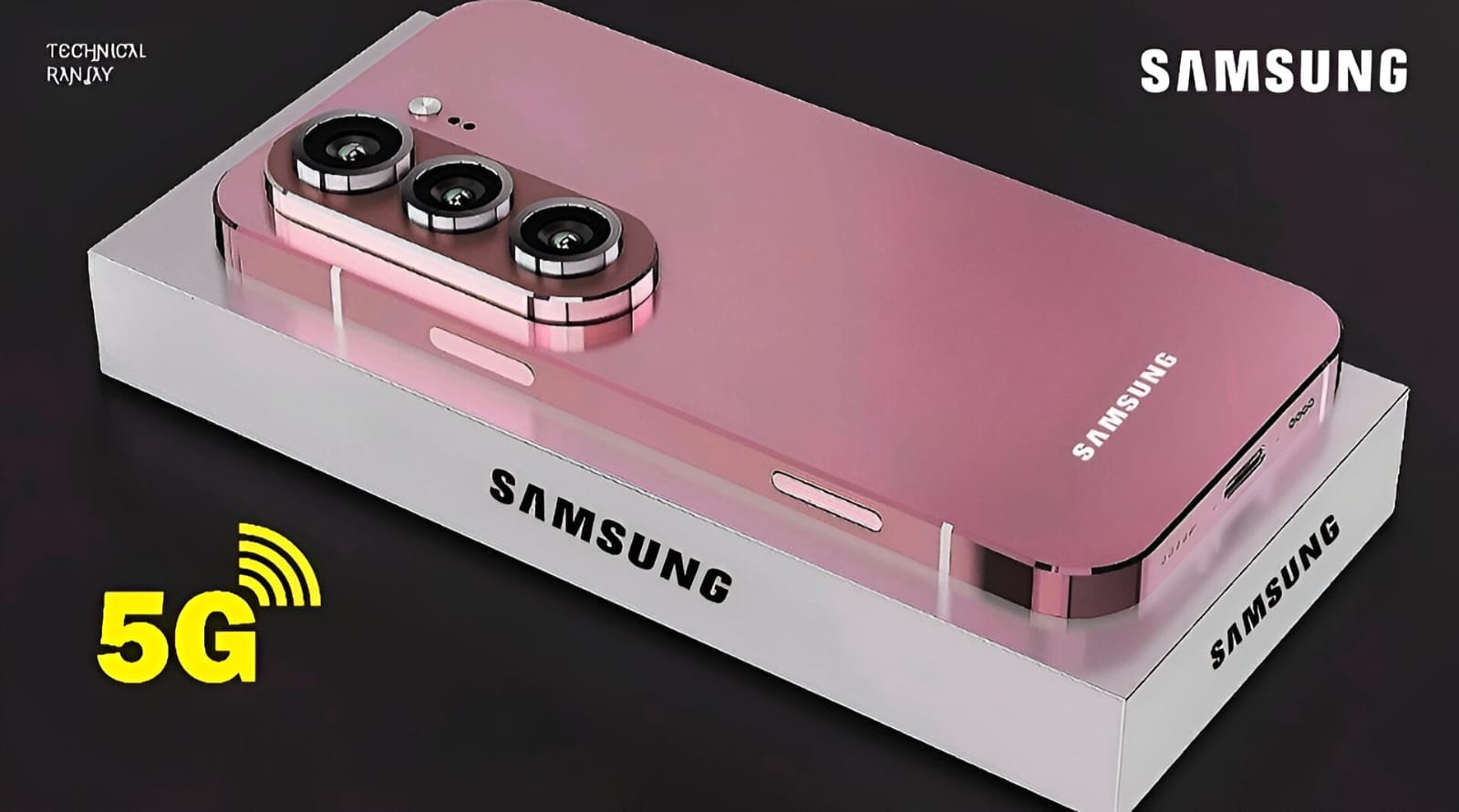If you are a Xiaomi user or planning to buy a new Xiaomi device, stop for a moment, because Xiaomi has just launched its next-generation operating system, Xiaomi HyperOS 3. Xiaomi officially announced it as the successor to MIUI, marking a major shift towards a unified and intelligent ecosystem. The update has already started rolling out in China and will gradually reach global users by early 2026. Let’s know what’s new in this latest version, how it looks, and what unique features it brings.
From MIUI to HyperOS
Xiaomi HyperOS 3 is a completely new system built to connect Xiaomi’s wide range of devices, smartphones, tablets, wearables, smart home products, and even cars. Unlike MIUI, which was mainly Android-based customization, Xiaomi HyperOS 3 is an integrated system that blends Android 16 with Xiaomi’s own Surge OS platform.
The Xiaomi has focused on removing fragmentation, improving stability, and offering seamless connectivity across all devices. This version comes pre-installed in the Xiaomi 17 series and will soon reach Xiaomi 15 and Redmi K80 devices as part of the first rollout phase.
Design and User Interface
Talking about the interface, Xiaomi HyperOS 3 brings a fresh, modern design. The icons are cleaner, animations smoother, and overall system performance is now more fluid. Xiaomi claims that app opening speeds are up to 21% faster than before. The quick settings panel has also been redesigned with a semi-transparent layout that feels more futuristic and dynamic.
Xiaomi Super Island
One of the most talked-about features of Xiaomi HyperOS 3 is Xiaomi Super Island. Similar to Apple’s Dynamic Island, it allows users to run multiple floating windows or “islands” simultaneously. You can check music, calls, or notifications easily without leaving the main screen. Switching between apps is now smoother than ever with gesture controls.
AI-Powered Personalization
Xiaomi has also enhanced the AI experience in Xiaomi HyperOS 3. The new AI Dynamic Wallpapers change in real time with light and motion effects. The updated Super XiaoAI Assistant can now recognize user habits, suggest actions, and manage smart home devices automatically. You can customize the lock screen clock, widgets, and layout in various styles to suit your preferences.
Cross-Device Connectivity
Xiaomi HyperOS 3 makes Xiaomi devices smarter and more connected. It now allows users to mirror Xiaomi phones on iPads or MacBooks, unlock them with Face ID, and share photos or notifications seamlessly between Xiaomi and Apple devices. For gamers, the new WinPlay Engine enables cross-ecosystem play, even allowing Windows games to run on Xiaomi tablets through virtualization, an impressive move for power users.
Security and Privacy
In terms of privacy, Xiaomi has added several new layers of protection. Xiaomi HyperOS 3 includes end-to-end encryption, post-quantum cryptography, and dual-login authentication. You can now give apps selective access to specific photos or files, ensuring your data remains private. The new Offline Find-My-Device feature helps locate your phone even when it’s not connected to the internet.
Rollout and Availability
The rollout of HyperOS 3 began in China in October 2025 and will continue globally through the first half of 2026. Xiaomi 17 series comes preloaded with it, and older models like Xiaomi 15 and Redmi K80 will get updates soon.
Conclusion
With HyperOS 3, Xiaomi is stepping into a new phase of innovation. The Xiaomi is not only replacing MIUI but also redefining how its ecosystem works where your phone, watch, tablet, and even car communicate effortlessly. It’s clear that Xiaomi is aiming to compete directly with Apple’s tightly integrated system, but with more flexibility and customization for Android users. Xiaomi HyperOS 3 is fast, connected, and smarter than ever a big leap toward the future of the Xiaomi ecosystem.










